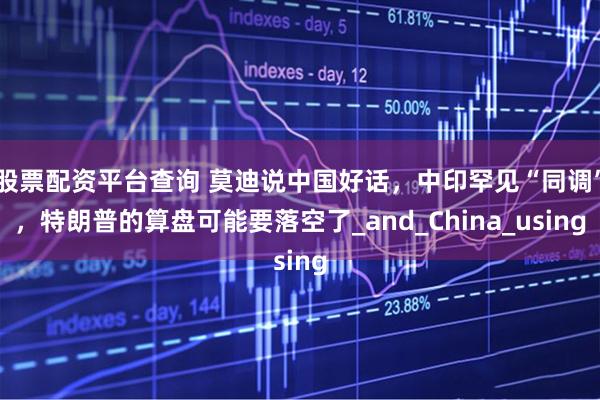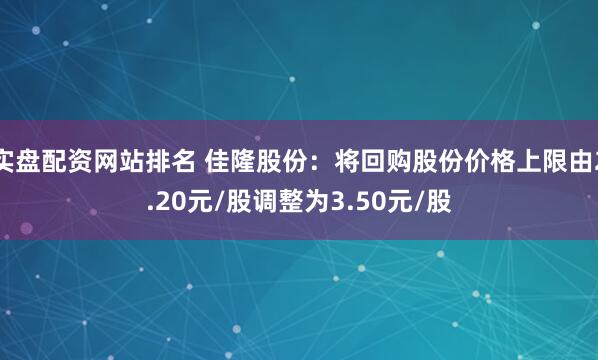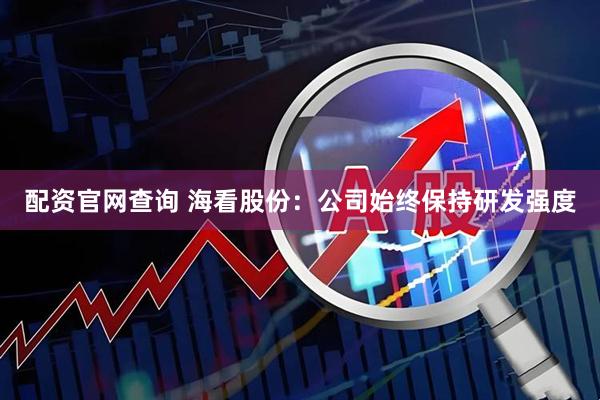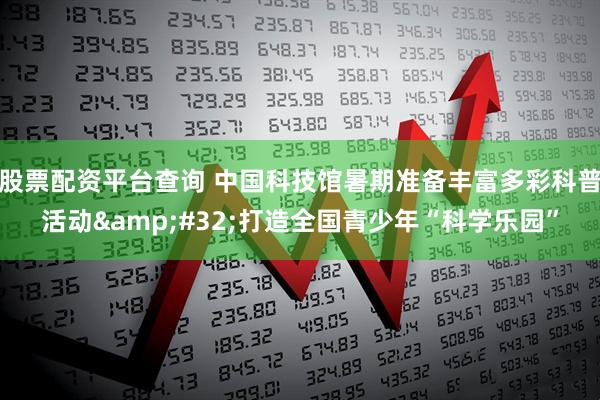
{\"title\":\"US Strategy Stumbles as India Resists Aligning Against China\",\"desc\":\"In 2025, the US intensifies efforts to contain China through global agreements and supply chain controls. However, India resists fully cooperating, signaling strategic autonomy and deeper collaboration with China within BRICS. Despite US pressure on trade and defense, India pushes back against high local value content demands and insists on not taking sides. Meanwhile, China’s robust trade growth and increasing use of local currencies highlight a shift away from US economic dominance. This evolving dynamic complicates US ambitions to isolate China globally.\"股票配资平台查询,\"content\":\" US Attempts to Leverage India Against China: Why India Won't Fully Cooperate\
展开剩余91%\
What's Happening?\
\
In the first half of 2025, the United States is busy negotiating new global agreements and setting trade rules, using tariffs as an offensive weapon and supply chain strategies as a defense. The overarching aim is clear: to contain and pressure China economically and politically. However, a crucial player in this strategy—India—has surprisingly voiced positive remarks about China, signaling reluctance to fully align with the US. This move marks a setback for US ambitions, especially after recent efforts by former President Trump’s administration.\
\
China’s Firm Stance and Economic Resilience\
\
China responded firmly in June 2025, stating unequivocally that any country leveraging Chinese interests to negotiate with the US will face retaliatory measures. Shortly after, China revealed its trade figures for the first half of the year: exports grew by 5.8nd imports by 3.9%, with trade to Belt and Road countries soaring 12.3%. These figures, under global economic uncertainty, represent a steady recovery.\
\
Particularly notable is China’s rapid export growth to Africa and Southeast Asia. This surge is no accident; it’s a strategic countermeasure. While the US attempted to block Chinese goods via transit hubs like Vietnam and Mexico, China skillfully rerouted exports to more distant markets such as Africa, Latin America, and ASEAN nations. This maneuver not only bypasses barriers but maintains profitability—a testament to China’s adaptive trade strategy.\
\
US Trade Tactics and Indian Resistance\
\
On the US side, trade strategies intensified. By late June, the Trump-era administration implemented a “tiered tariff” system, imposing a 20% tariff on Vietnamese domestic goods but doubling it to 40% on goods containing Chinese parts. Ostensibly to curb China, this policy also served as a warning to India and other nations against exploiting loopholes.\
\
India, however, is no pushover. The US proposed that 60% of the value in Indian exports must be locally manufactured to qualify for trade benefits—a steep threshold. India countered with a demand to lower this to 35%, underscoring the country’s dependence on Chinese intermediate goods. Strict localization would force costly and impractical “de-Chinafication.”\
\
Amid this tug-of-war, Indian Prime Minister Modi embarked on an eight-day five-nation tour in early July. Before departure, he emphasized India’s commitment to deepening cooperation within BRICS, describing it as a vital platform for Global South collaboration. Though he did not mention the US by name, the message was clear: India is charting an independent course.\
\
India’s Strategic Autonomy and Multilateralism\
\
This stance is rooted in India’s broader diplomatic strategy. In May 2025, India released a white paper titled \\\"Strategic Autonomy and Multilateral Engagement,\\\" which for the first time explicitly outlined its commitment to strategic independence. The document advocated:\
\
- Non-alignment and refusal to pick sides;\
- Strengthening Global South cooperation;\
- Promoting South-South trade corridors.\
\
Put simply, India rejects becoming a proxy in the US-China rivalry. Modi’s remarks praising China’s position are not random but reflect a calculated decision based on current geopolitical realities.\
\
Growing Financial Cooperation and Currency Shifts\
\
A subtle yet significant development is the increasing use of local currencies, particularly the Chinese yuan and Indian rupee, in trade settlements during the first half of 2025. This trend is especially visible in transactions involving Africa, ASEAN, and Latin America. The rise of “local currency settlements” signals a move away from dollar dominance, showing China and India actively operationalizing de-dollarization.\
\
The US is well aware of these shifts. From May onward, US Commerce Secretary Lutnik repeatedly pressured India to curb defense purchases from Russia and reduce cooperation with BRICS nations. Yet, Indian lawmakers openly criticized these demands during parliamentary hearings, branding US “digital origin standards” as forms of “technical colonialism” and disguised economic control. Indian business groups echoed concerns that such pressure forces a false “binary choice.” This resistance has only strengthened the Modi government’s resolve.\
\
China’s Supply Chain Transformation and Trade Expansion\
\
Meanwhile, China is not standing still. At June’s end, China’s customs authority reported a 9.7xport increase to ASEAN and a 14.2% rise to Africa, highlighting new growth areas like renewable energy equipment and digital products. Many manufacturing bases have moved from coastal regions to inland areas, reshaping supply chains and reducing dependency on US-centric networks.\
\
This transformation proves China’s ability to thrive independently of American influence.\
\
BRICS Expansion and Unified Financial Vision\
\
Another critical event in early July was the BRICS New Development Bank’s expansion, adding Egypt, Saudi Arabia, Argentina, and Nigeria. This move amplifies the bloc’s global voice. Indian Finance Minister explicitly supported increasing the bank’s local currency lending and reducing reliance on the US dollar, further aligning Indian and Chinese perspectives on financial sovereignty and international order.\
\
While differences remain between China and India, their cooperation on monetary autonomy and global governance signals a significant convergence.\
\
Conclusion: A Calculated Bet on Independence\
\
China’s vow to retaliate against any US-led economic coercion sets a firm red line. India’s insistence on non-alignment reflects strong political will. Modi’s willingness to express support for China, despite US provocations, is no coincidence—it is a deliberate bet on the emerging global power structure.\
\
This evolving dynamic complicates US efforts to isolate China, highlighting India’s critical role as a sovereign actor balancing great power pressures.\
\
---\
\
References:\
- Prof. Cao Xing, \\\"Upon Hearing China's Retaliation股票配资平台查询, Modi Defies US Provocations and Aligns with China's Position,\\\" July 5, 2025.\"}
发布于:天津市旗开网提示:文章来自网络,不代表本站观点。






